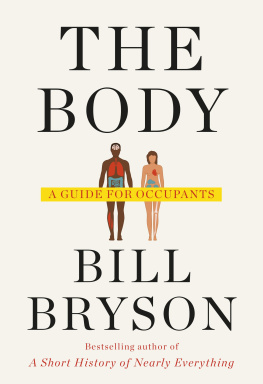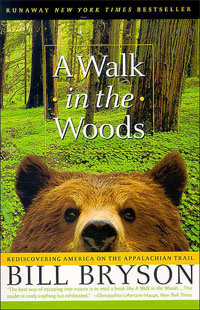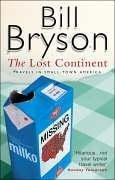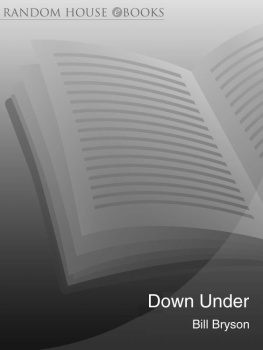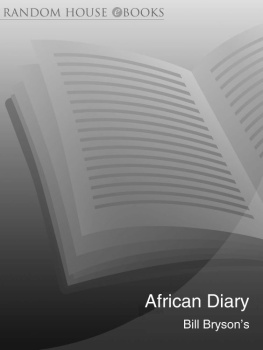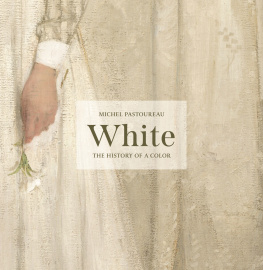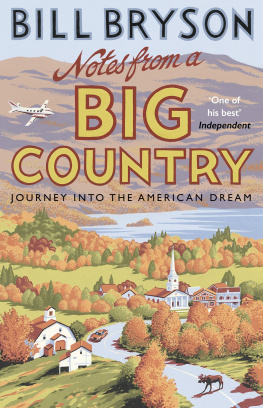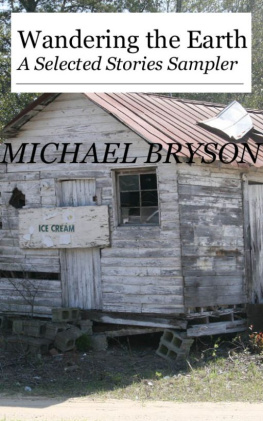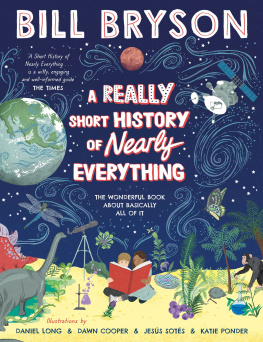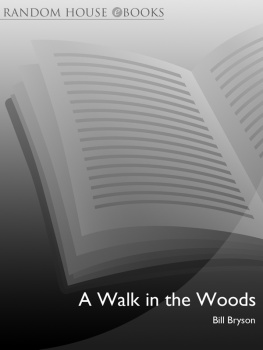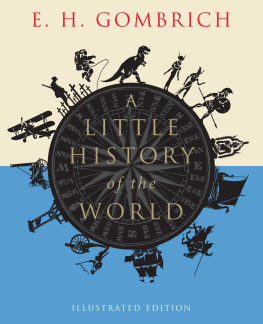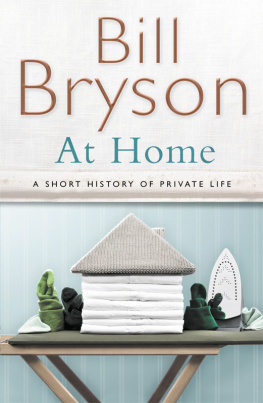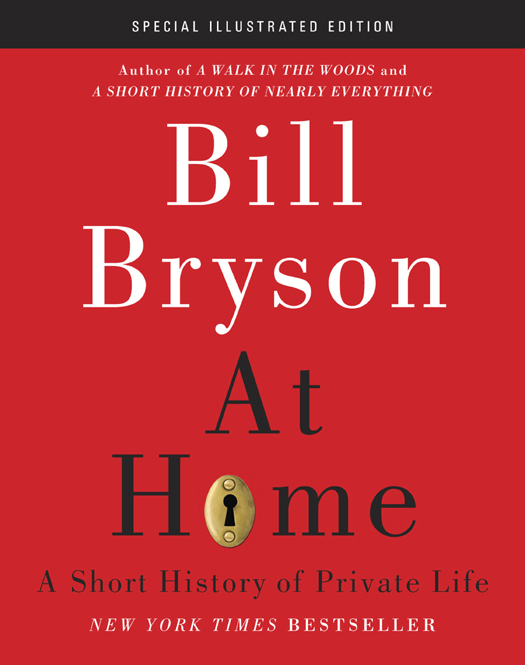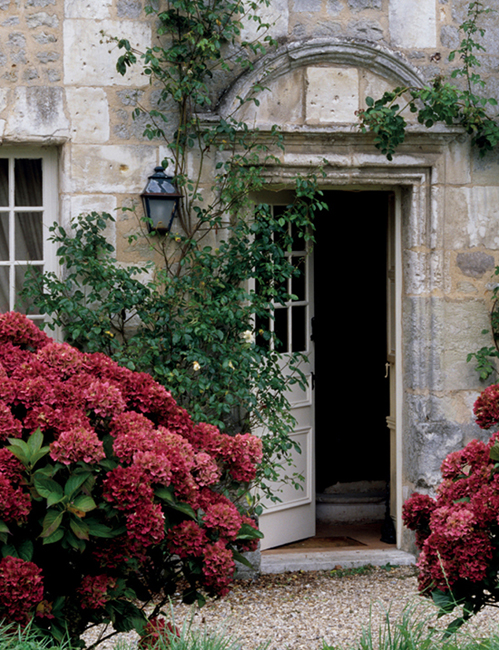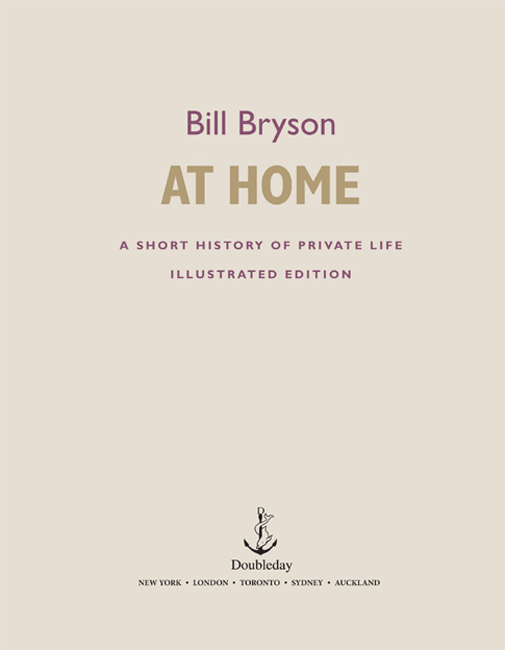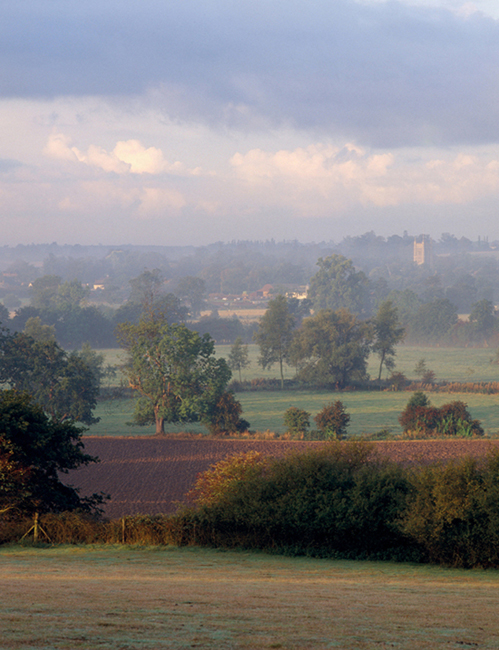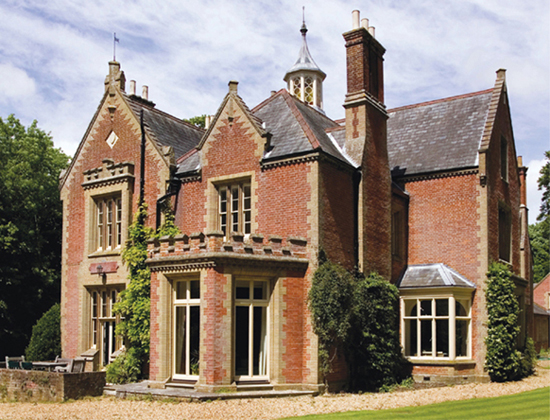Copyright 2010, 2013 by Bill Bryson
All rights reserved. Published in the United States by Doubleday, a division of Random House LLC., a Penguin Random House Company, New York.
Originally published in hardcover in Great Britain by Doubleday UK, an imprint of Transworld Publishers, a division of Random House Group Ltd, London, and in the United States by Doubleday, a division of Random House LLC, New York, in 2010.
This edition is published with new illustrations.
www.doubleday.com
DOUBLEDAY and the portrayal of an anchor with a dolphin are registered trademarks of Random House, LLC
Book design by Bobby Birchall and Isobel Gillian
Jacket design by Emily Mahon
Library of Congress Cataloging-in-Publication Data is on file with the Library of Congress.
eBook ISBN: 978-0-385-53729-2
Hardcover ISBN: 978-0-385-53728-5
v3.1
To Jesse and Wyatt
Contents
Chapter one
THE YEAR
Chapter two
THE SETTING
Chapter three
THE HALL
Chapter four
THE KITCHEN
Chapter five
THE SCULLERY AND LARDER
Chapter six
THE FUSEBOX
Chapter seven
THE DRAWING ROOM
Chapter eight
THE DINING ROOM
Chapter nine
THE CELLAR
Chapter ten
THE PASSAGE
Chapter eleven
THE STUDY
Chapter twelve
THE GARDEN
Chapter thirteen
THE PLUM ROOM
Chapter fourteen
THE STAIRS
Chapter fifteen
THE BEDROOM
Chapter sixteen
THE BATHROOM
Chapter seventeen
THE DRESSING ROOM
Chapter eighteen
THE NURSERY
Chapter nineteen
THE ATTIC
The peaceful rural landscape of north Norfolk a county which, with 659 churches in some 2,000 square miles, is home to a greater number of venerable places of worship than any comparable area in the world.
Introduction
SOME TIME AFTER we moved into a former Church of England rectory in a village of tranquil anonymity in Norfolk, I had occasion to go up into the attic to look for the source of a slow but mysterious drip. As there are no stairs to the attic in our house, the process involved a tall stepladder and much unseemly wriggling through a ceiling hatch, which was why I had not been up there before (and have not returned with any enthusiasm since).
When I did finally flop into the dusty gloom and clambered to my feet, I was surprised to find a secret door, not visible from anywhere outside the house, in an external wall. The door opened easily and led out on to a tiny rooftop space, not much larger than a tabletop, between the front and back gables of the house. Victorian houses are often a collection of architectural bewilderments, but this one was starkly unfathomable: why an architect had troubled to put in a door to a space so lacking in evident need or purpose was beyond explanation, but it did have the magical and unexpected effect of providing the most wonderful view.
It is always quietly thrilling to find yourself looking at a world you know well but have never seen from such an angle before. I was perhaps fifty feet above the ground, which in mid-Norfolk more or less guarantees a panorama. Immediately in front of me was the ancient flint church to which our house was once an adjunct. Beyond, down a slight incline and slightly separate from church and rectory, was the village to which both belonged. In the distance in the other direction was Wymondham Abbey, a heap of medieval splendour commanding the southern skyline. In a field in the middle distance a tractor rumbled and drew straight lines in the soil. All else in every direction was quiet, agreeable, timeless English countryside.
What gave all this a certain immediacy was that just the day before I had walked across a good part of this view with a friend named Brian Ayers. Brian had just retired as the county archaeologist, and may know more about the history and landscape of Norfolk than anyone alive. He had never been to our village church, and was eager to have a look. It is a handsome and ancient building, older than Notre Dame in Paris and about the same vintage as Chartres and Salisbury cathedrals. But Norfolk is full of medieval churches it has 659 of them, more per square mile than anywhere else in the world so any one is easily overlooked.
Have you ever noticed, Brian asked as we stepped into the churchyard, how country churches nearly always seem to be sinking into the ground? He pointed out how this one stood in a slight depression, like a weight placed on a cushion. The church foundations were about three feet below the churchyard around it. Do you know why that is?
I allowed, as I often do when following Brian around, that I had no idea.
Well, it isnt because the church is sinking, Brian said, smiling. Its because the churchyard has risen. How many people do you suppose are buried here?
I glanced appraisingly at the gravestones and said, I dont know. Eighty? A hundred?
I think thats probably a bit of an underestimate, Brian replied with an air of kindly equanimity. Think about it. A country parish like this has an average of 250 people in it, which translates into roughly a thousand adult deaths per century, plus a few thousand more poor souls that didnt make it to maturity. Multiply that by the number of centuries that the church has been there and you can see that what you have here is not eighty or a hundred burials, but probably something more in the order of, say, twenty thousand.
This was, bear in mind, just steps from my front door. Twenty thousand? I said.
He nodded matter-of-factly. Thats a lot of mass, needless to say. Its why the ground has risen three feet. He gave me a moment to absorb this, then went on: There are a thousand parishes in Norfolk. Multiply all the centuries of human activity by a thousand parishes and you can see that you are looking at a lot of material culture. He considered the several steeples that featured in the view. From here you can see into perhaps ten or twelve other parishes, so you are probably looking at roughly a quarter of a million burials right here in the immediate landscape all in a place that has never been anything but quiet and rural, where nothing much has ever happened.
All this was Brians way of explaining how a bucolic, lightly populated county like Norfolk could produce 27,000 archaeological finds a year, more than any other county in England. People have been dropping things here for a long time since long before England was England. He showed me a map of all the known archaeological finds in our parish. Nearly every field had yielded something Neolithic tools, Roman coins and pottery, Saxon brooches, Bronze Age graves, Viking farmsteads. Just beyond the edge of our property, in 1985 a farmer crossing a field found a rare, impossible-to-misconstrue Roman phallic pendant.


